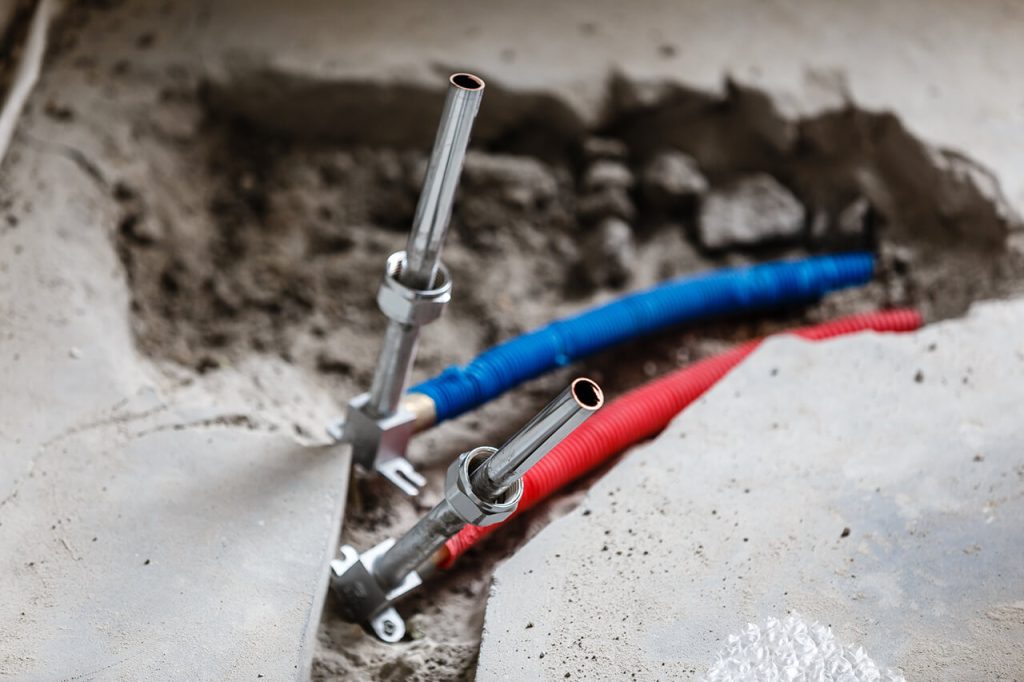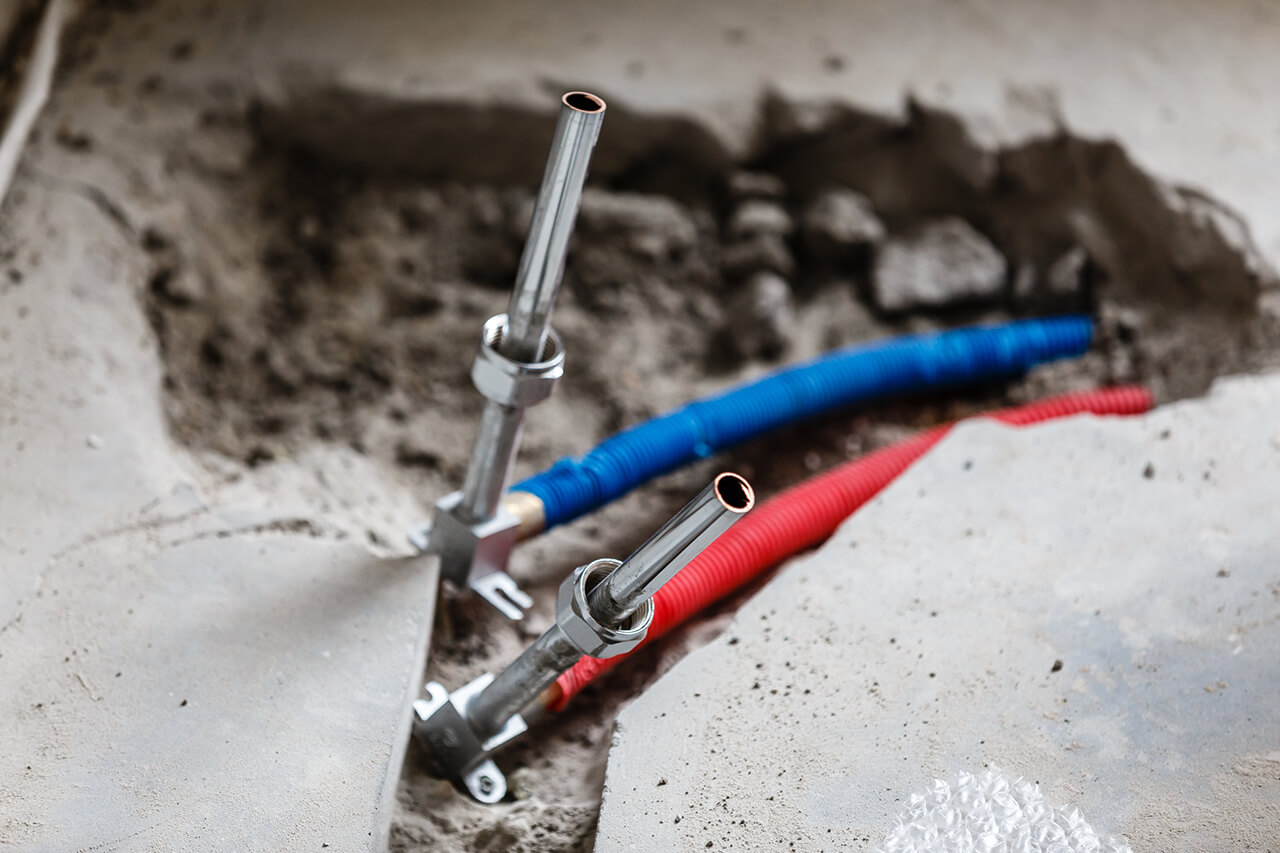Radiant ceiling heat systems are a popular choice for homeowners looking for efficient and effective heating solutions. However, like any system, they can encounter issues over time. If you’re experiencing problems with your radiant ceiling heat, don’t worry. In this comprehensive guide, we’ll explore common issues, troubleshooting techniques, and repair strategies to keep your home comfortable and warm.

Understanding Radiant Ceiling Heat Systems
Before delving into repair techniques, it’s essential to understand how radiant ceiling heat systems work. These systems consist of heating elements installed in the ceiling panels, which radiate heat downward to warm the room below. Unlike forced-air systems, radiant ceiling heat provides even heating without the need for ductwork.
Common Issues with Radiant Ceiling Heat
- Uneven Heating: If you notice that certain areas of your home are warmer or cooler than others, it could indicate an issue with your radiant ceiling heat system. This may be caused by damaged heating elements, insulation problems, or airflow restrictions.
- No Heat: A lack of heat from your radiant ceiling panels could be due to various factors, including electrical issues, thermostat malfunctions, or damaged heating elements.
- Thermostat Problems: A malfunctioning thermostat can lead to temperature fluctuations or an inability to control the heating system effectively.
Radiant Ceiling Heat Repair Techniques
1. Inspect Heating Elements: Begin by visually inspecting the heating elements in your ceiling panels for signs of damage or wear. Look for cracks, breaks, or discoloration, which may indicate a problem. If you notice any issues, contact a professional for repair or replacement.
2. Check Insulation: Proper insulation is crucial for the efficient operation of radiant ceiling heat systems. Inspect the insulation in your ceiling panels to ensure it is intact and not compromised. Replace any damaged insulation to improve heating efficiency.
3. Test Thermostat: Verify that your thermostat is functioning correctly by testing it with a separate heating source, such as a portable heater. If the thermostat is not responding or is displaying inaccurate temperatures, it may need to be recalibrated or replaced.
4. Clear Airflow: Ensure that there are no obstructions blocking airflow around your radiant ceiling panels. Furniture, curtains, or other objects can impede airflow and prevent efficient heating. Rearrange furniture and remove obstacles to improve airflow.
Read too: Discovering the Charm of Nautical Outdoor Ceiling Fans for Your Coastal Retreat: Sail into Style
Hiring a Professional
While some radiant ceiling heat repairs can be performed DIY, complex issues may require the expertise of a professional HVAC technician. If you’re unsure about the cause of your heating problems or if repairs are beyond your skill level, don’t hesitate to seek professional assistance.
Conclusion
In conclusion, Radiant Ceiling Heat Repair requires careful diagnosis and troubleshooting to identify and resolve issues effectively. By understanding how your radiant ceiling heat system works and implementing appropriate repair techniques, you can ensure that your home remains warm and comfortable throughout the colder months.
